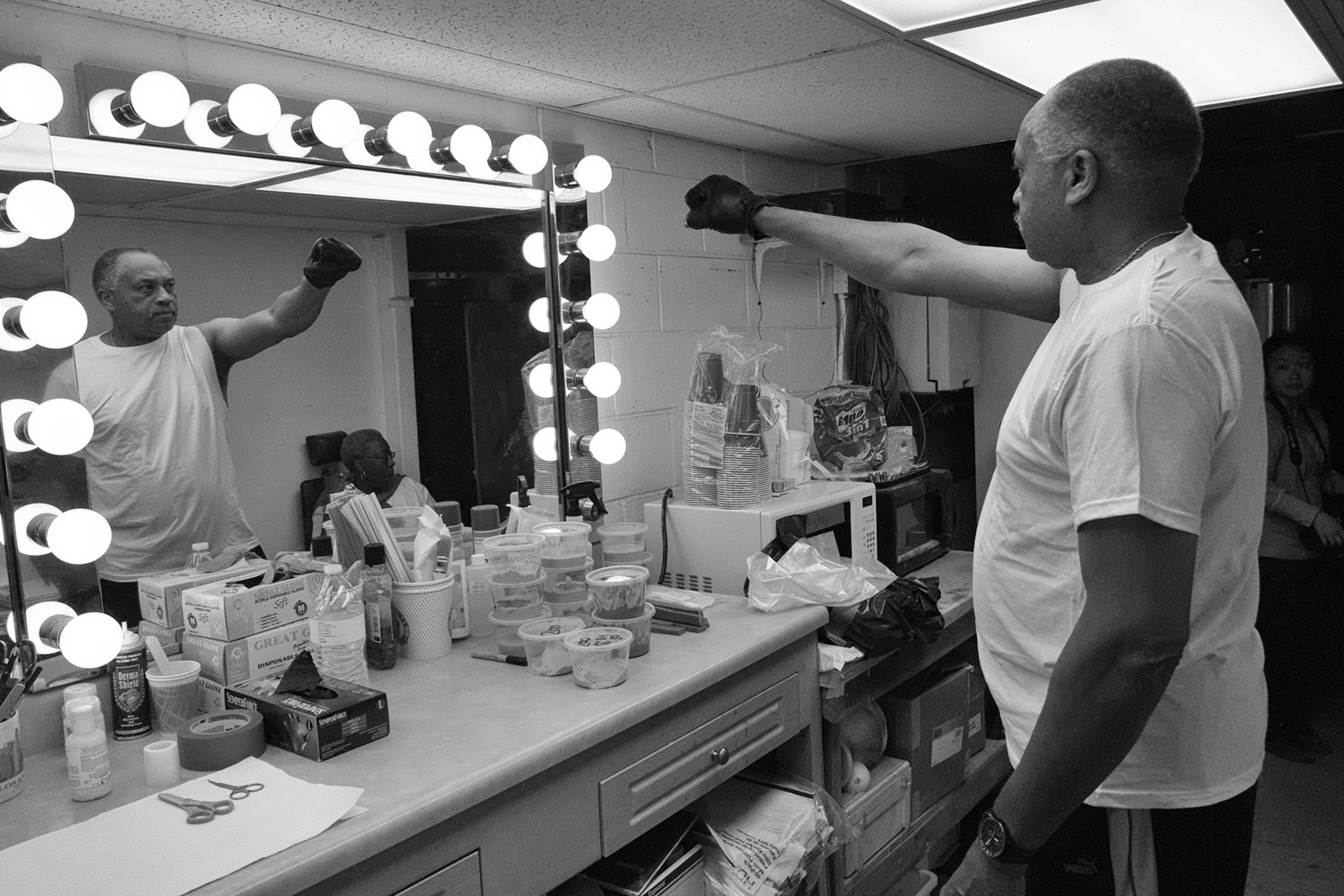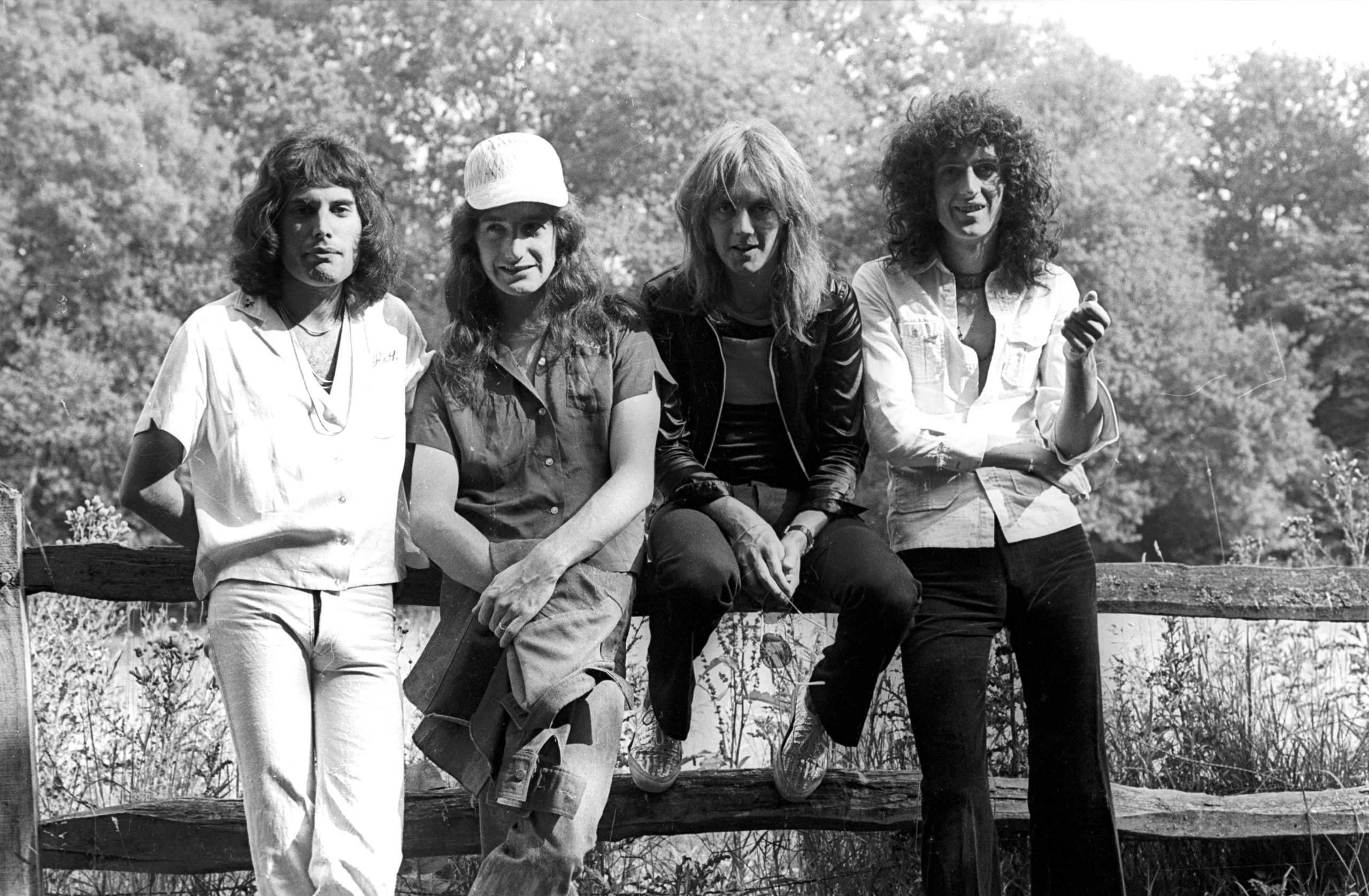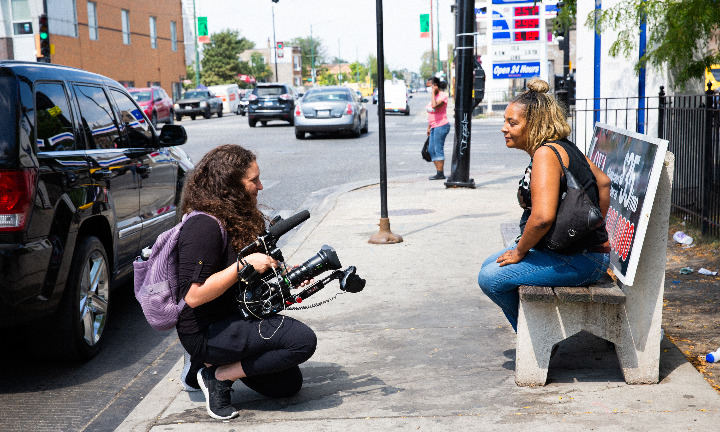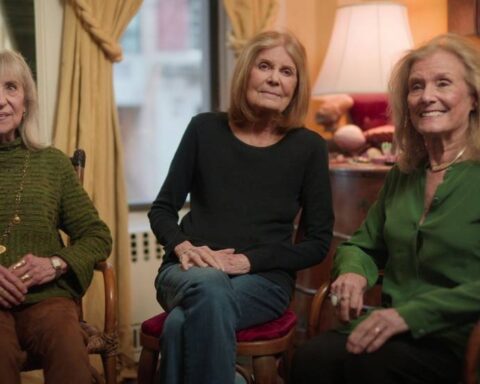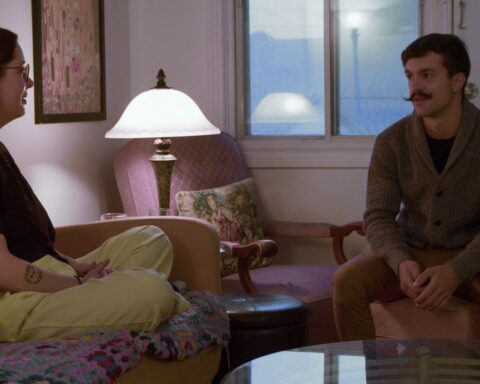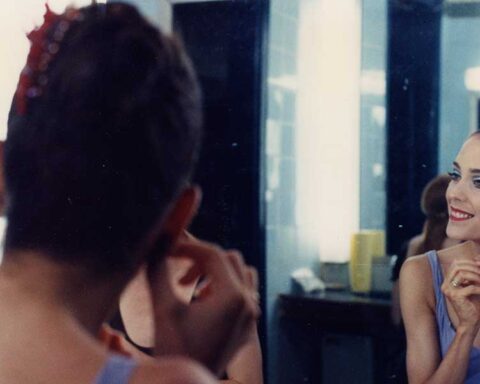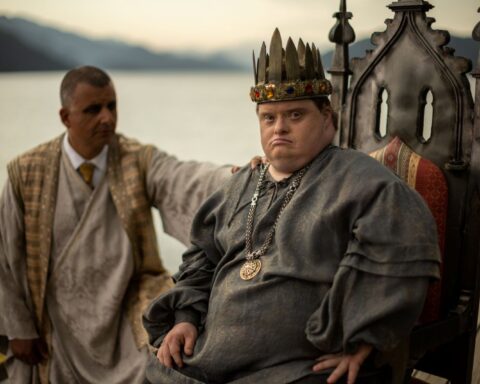For those of us who witnessed it live on TV, the image is indelible. 200-metre Olympic champion Tommie Smith and bronze medalist John Carlos stand on the podium, their fists raised in the black power salute as the U.S. national anthem plays.
As protests raged in the United States after the assassination of Martin Luther King, Jr., there had already been threats of a summer Olympic boycott from Black American athletes. But Smith, already a world champion and expecting to medal, headed to Mexico City, determined to make a statement. He always said that as he raised his fist, he was representing Black people and his pride in being Black. He knew it was a risky decision, but at the time, he had no idea what would be at stake.
Smith and Carlos exited the field that fateful day to a chorus of boos. The American Olympic Committee immediately sent the runners home, sportswriters railed against them–Brent Musburger called them Black-skinned storm troopers (he later apologized)–and their reputations were decimated.
With Drawn Arms tracks Smith’s life trajectory from pariah to guest at President Obama’s oval office. Along that path, Smith, after being shunned by prospective employers, finally gets a job at a used car lot where the owners advertise that customers can meet the Olympian– really, Smith is basically washing cars. Then he’s hired by Oberlin, the first college to admit Black students, as part of the school’s athletic program, but he’s beset by emotional difficulties culminating in a breakdown.
He finds his way, thanks to a stint back in his home state of California and ultimate relocation to Stone Mountain, Georgia, the cradle of both the Confederacy and the civil rights movement. He and his third wife Delores then commit themselves to preserving his legacy and thanks to Japanese-American visual artist Glenn Kaino, a co-director of the film, they do, mainly through Kaino’s superb installation in the Smithsonian’s exhibition devoted to the history of Black athletes in America.
Buoyed by interviews with the likes of the late member of House of Representatives John Lewis, Raphael Warnock, before he was elected Georgia’s senator, and Hollywood anti-racist activist Jesse William (also an executive producer of the doc), the arc of the piece traces not only Smith’s personal story but the connections between his 1968 stance, NFL quarterback Colin Kaepernick’s determination to take a knee against anti-Black racism in 2013, which cost him his career, and Black athletes standing up for Black Lives Matter.
As part of an intriguing conversation with Megan Rapinoe, the white U.S. women’s soccer star takes note of the fact that when she spoke up for equal pay for women in sports, she found herself gracing the cover of major magazines. Smith, because he was challenging racism, gained only infamy.
The documentary’s title is a play on words and ideas. With Drawn Arms alludes to the arms Smith and Carlos raised on the Olympic podium, to the current police gun violence against Black people and to Kaino’s exceptional art installation. That extraordinary piece recreates Smith’s raised arm sculpturally, reproducing it many times over and laying the pieces side by side to create a giant undulating bridge. Other elements of the exhibit, some of them interactive, delve into the theme of Smith’s previous invisibility and encourage others to raise their fists in their own ways.
And yes, Smith did get to visit the White House.
But it’s worth mentioning that the International Olympic Company (IOC) continues to ban political protest. Host country Japan whose events take place this summer a year late, thanks to COVID, just recently affirmed the IOC’s position, with the majority of competitors’ approval.
So before you imagine that notoriously conservative athletes–remember when jock was a synonym for reactionary?–are changing their ways, think again.
With Drawn Arms premieres at Hot Docs 2021.




